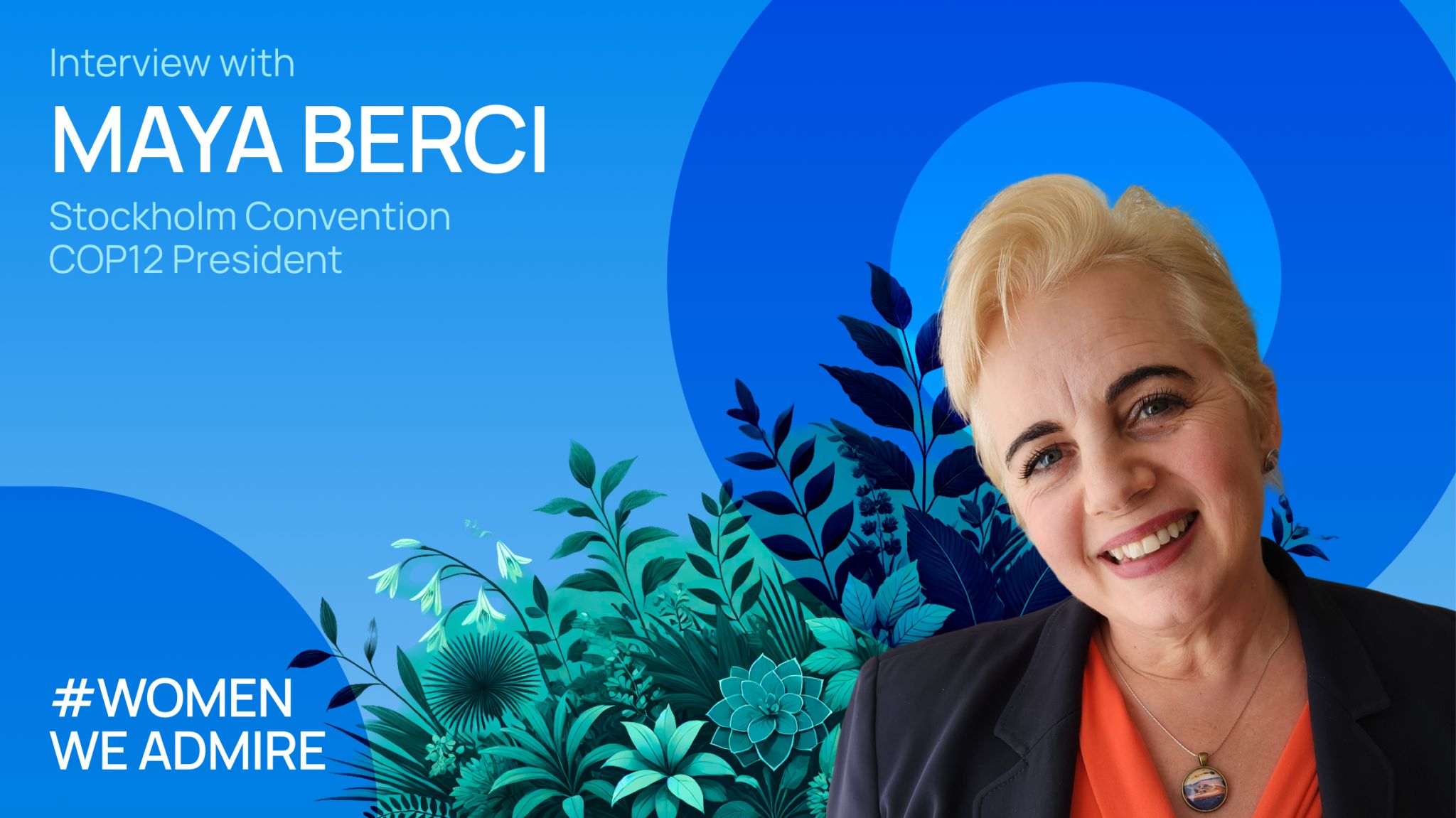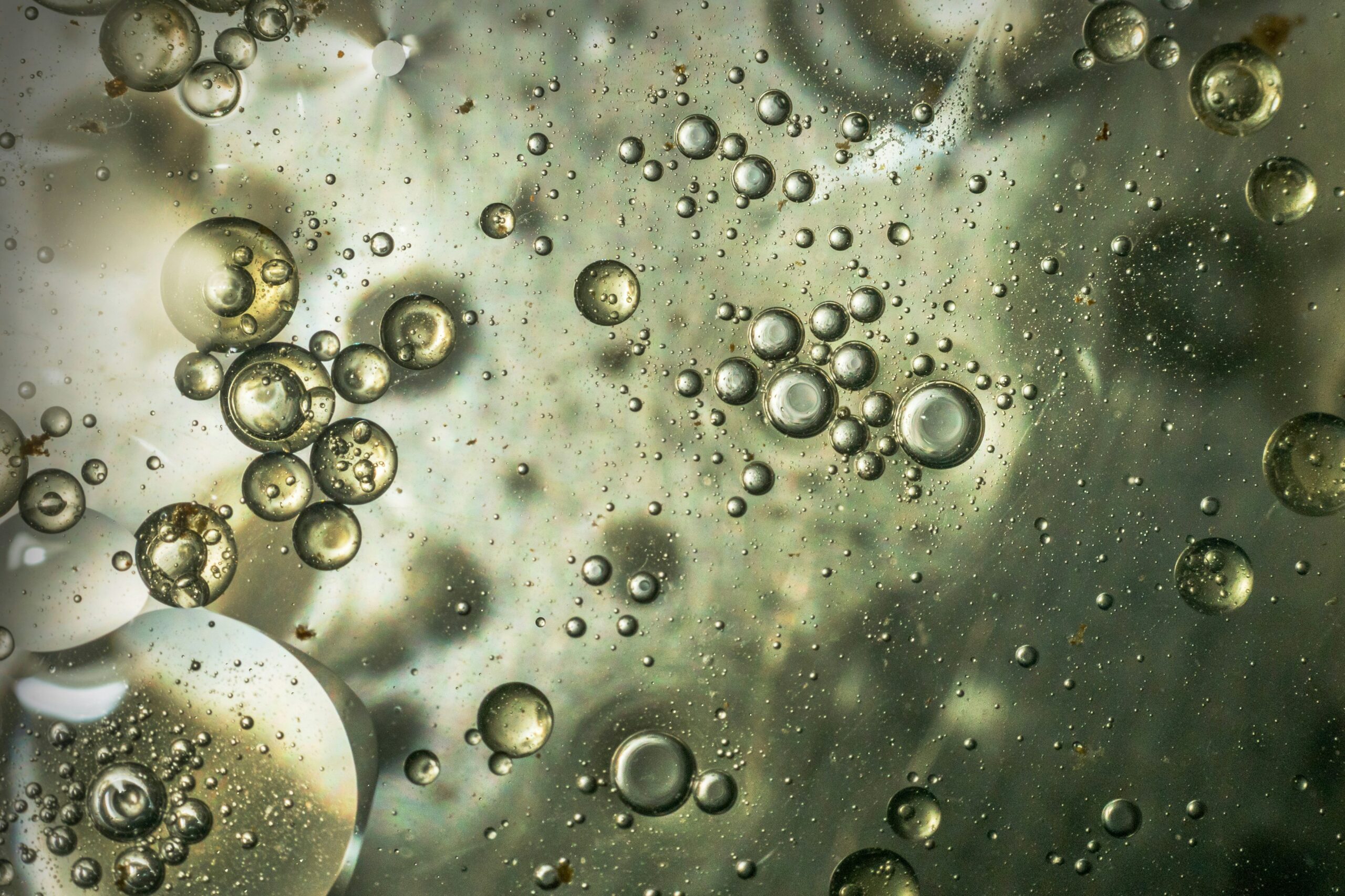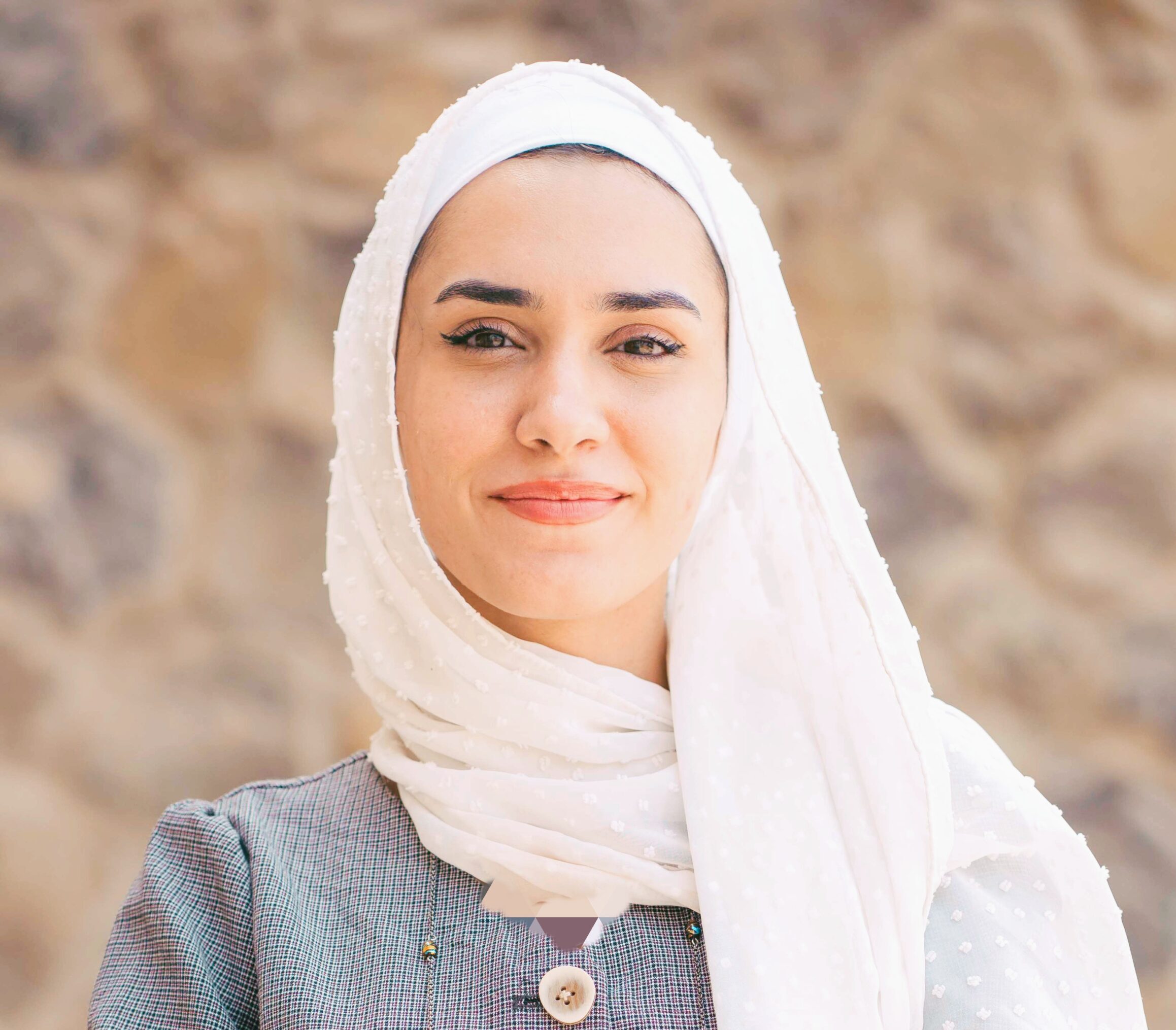The circular economy for chemicals in bioplastics: outcomes and highlights from our 2nd Webinar
Mr Simon Hann, from Eunomia Bioplastics shared his presentation called “Golden ticket or greenwashing?”, emphasising that there is no common set of testing standards, focusing on standardisation for PLA/PBAT/cellulose starch, and how countries operate differently. Simon spoke about biowaste treatments like anaerobic digestion and industrial composting and the differences between biobased drop-in solutions — which are chemically identical to plastics — and novel biobased solutions such as PLA, PHA, PEF. According to Simon there is a lack of coordination between recycling processes, feedstock efficiency, land use and biomass balance. For Simon, the Biobased transition is very important and the challenge lies in educating different mindsets among consumers.
Next up was Janine Korduan presenting the BUND perspective on the sustainability of “bio“plastics. Janine highlighted that “bio”plastics are actually not bio and that they represent a false promise for the plastics crisis. She mentioned that “only reuse packaging or long live products with toxic free materials are truly sustainable”. Also pointing out that large scale industrial production of raw materials for biobased plastics might have a big impact, for instance by converting pastures into sugarcane fields, and the following need to open more forest area to the pasture that was replaced. Janine emphasised the need for transparency on the actual biobased contents and on all the toxic additives.
The following talk was made by Peter Behnisch, regarding safer chemicals in plastics and the use of in vitro toxicity profiling. He is the director at BioDetection Systems in Amsterdam, focusing on risk assessment of unknown chemicals and a mixture of toxicity. He also highlighted that for the past 10 years, robust legislation for food contact materials hasn’t been approved and is by now well overdue. In recent analysis, 80% of results contained toxic chemicals such as BioPE/BioPET, Bio PLA, PHA.
Finally Lukas Sattlegger, shared his thoughts on the difficulties and potentials of packaging avoidance, the role of technology and valuable functions, from product presentation, freshness/fullness, heuristics and versatility. Besides other insights, he revealed that marketing function often prevents reduction of packaging material, that it often prevents appropriate information display on safety concerns and that above all, disposable packaging must be fundamentally reduced.
Find the recording to this session here below:













